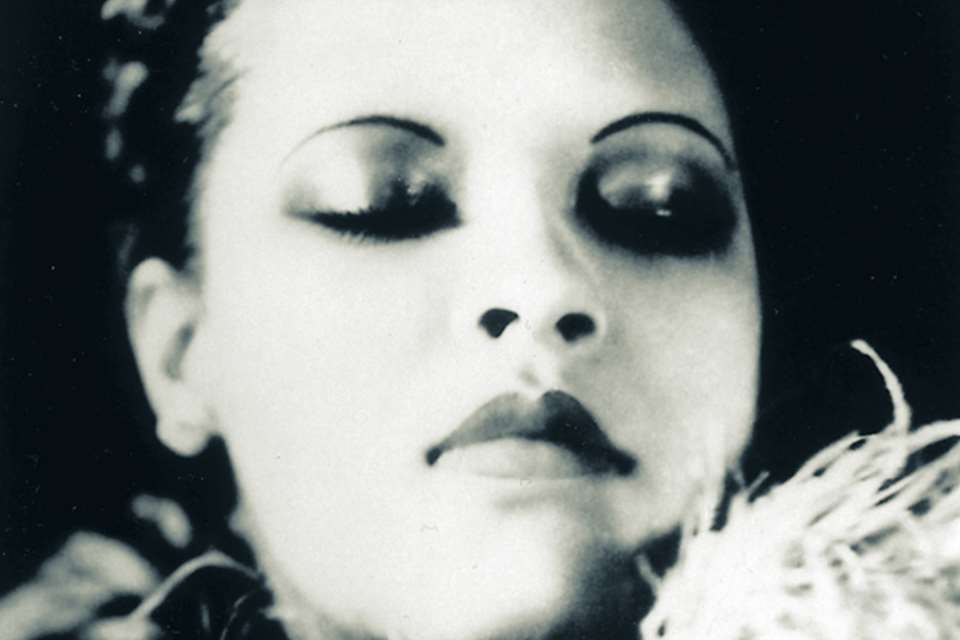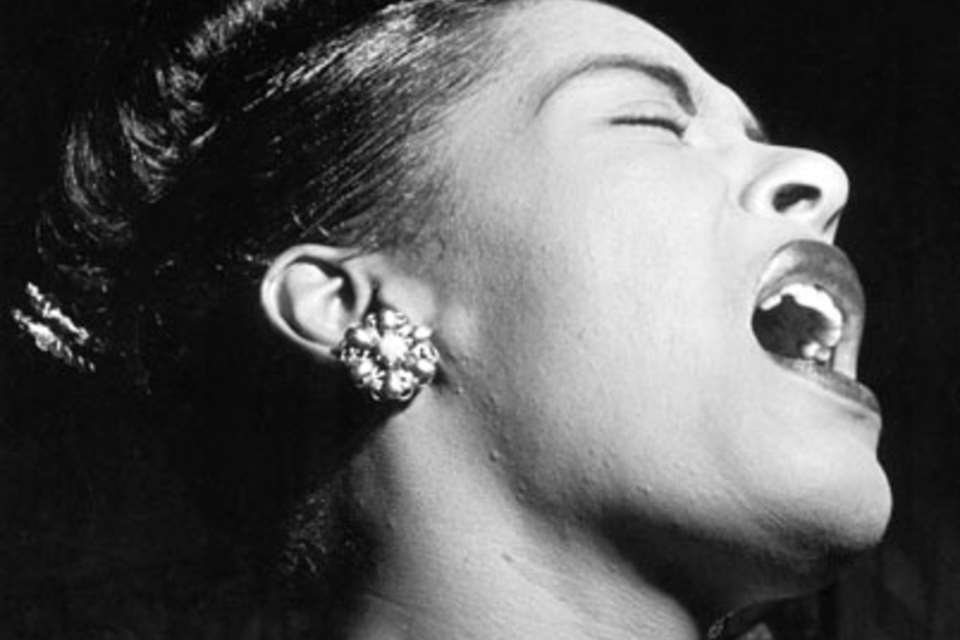The Women Who Changed Jazz
Stuart Nicholson
Thursday, October 7, 2021
There are many under-sung women who have played a pivotal, and hugely significant, role in shaping jazz history since its very beginnings. Stuart Nicholson reappraises the achievements of some of the lesser-known artists and power brokers behind the music, without whom jazz history would look very different indeed
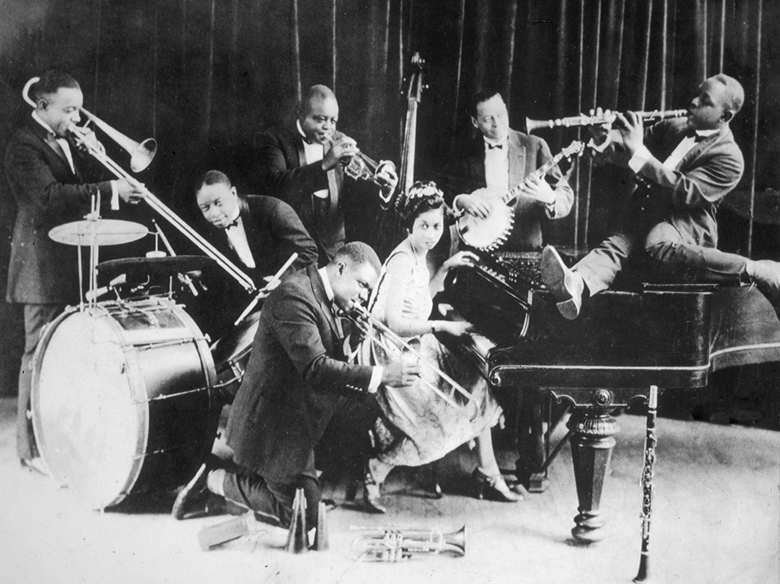
One of the interesting things about the rise and rise of jazz education is that it has increasingly had to walk a tightrope between the real world of jazz and jazz as taught in the classroom. A key educational objective is helping young musicians achieve a high standard of professional competence. By the 1980s, educators such as David Baker, Jamey Aebersold and Jerry Coker had written exhaustive textbooks to aid students achieve this end, breaking down the methodology and techniques of jazz improvisation into a series of modules based on quantifiable and analysable aspects of bop. They became the basis for what Gary Burton has described as the means by which students learned ‘how harmony works and what the grammar of this music is in order to play better’.
Jazz music that preceded the emergence of Charlie Parker and Dizzy Gillespie receded in importance as this music was deemed irrelevant to students seeking to enter a contemporary music scene. Today, to all intents and purposes, jazz history begins with bebop.
This is a shame, and it loses sight of the fact that the jazz that preceded it was far from trivial. As the inevitable canon formation took place, what emerged was a gendered construction biased towards the male of the species – Wynton Marsalis, for example, endorses this ‘patriarchal continuum’. Although he expresses a deep respect for women as individuals and performers, he emphasises the role of men as carriers of the jazz tradition. Some academics have argued this is part of a contemporary anti-feminist backlash. Who knows? Far more likely is that jazz writing and histories that began emerging in the late 1930s and 40s were by male writers (with the notable exception of Helen Oakley Dance) and tended to be constructed around the ‘great man’ theory of [jazz] history. However, it’s clear that a significant slice of interesting jazz history has gone missing – take the aforementioned Helen Oakley Dance, for example. How many know that she was responsible for introducing pianist Teddy Wilson to Benny Goodman, then a rising star in the jazz firmament? Goodman formed the Benny Goodman Trio with Wilson in 1935, by presenting an interracial group in venues throughout the USA – and if you think American society today has its racial problems, just imagine what it was like back then.
If Goodman was stung by racist comments in the press, he didn’t show it. In 1936 he formed the Benny Goodman Quartet with the addition of Lionel Hampton. Helen Oakley, as she was then, played a powerful role in breaking down segregation. When she helped coordinate Benny Goodman’s landmark 1938 Carnegie Hall Concert, a major event that saw jazz enter a citadel of American culture, she arranged for a contingent of musicians from the orchestras of Count Basie and Duke Ellington to perform with Goodman and his musicians on the Carnegie Hall stage. It was a big statement towards breaking down racial barriers in apartheid America.
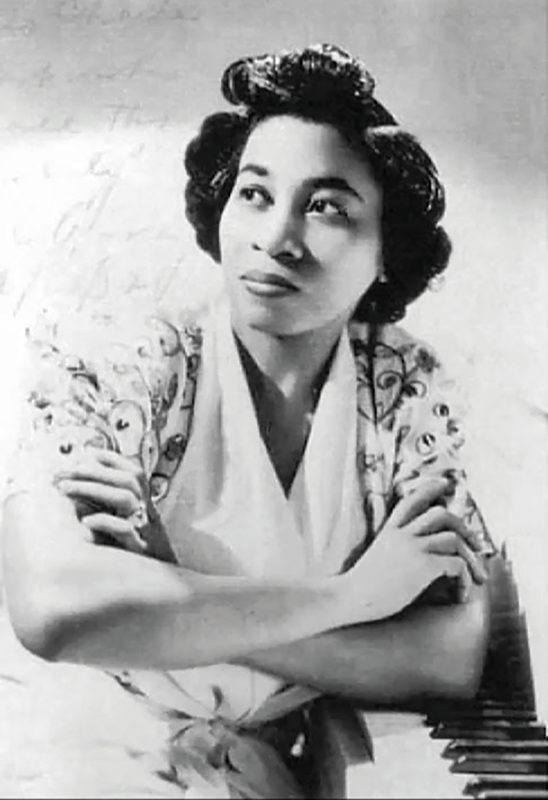
Lil Hardin solo at the piano
Going back a bit further in jazz history, trumpeter Joe ‘King’ Oliver moved to Chicago in 1918, but it wasn’t until 1922 he and his Creole Jazz band became an overnight sensation at Chicago’s Royal Gardens. Pianist in the band was Lil Hardin, who had studied at Fisk University, and when Oliver sent to New Orleans for a young Louis Armstrong, history was made. Their incredible duets became the talk of the town, while Lil and Louis became an item with talk of wedding bells in the air. In 1924, word of Armstrong’s prodigious talent reached New York and Fletcher Henderson, leader of the top black band in New York, sent for him. It’s fair to say Armstrong impressed, the country boy quickly making a name for himself while becoming very popular with the ladies. Word reached Lil. In 1925 she sent a telegram, something along the lines of ‘you get back to Chicago or you’re out of the door’. Louis replied: ‘I’LL BE THERE!’.
Lil was also an entrepreneur, forming a band to feature her husband, whom she billed as ‘The World’s Greatest Trumpet Player’; she was also behind a contract with the OKeh label. Billed as Louis Armstrong and his Hot Five (the band only existed in the recording studio), the Hot Five and Hot Seven recordings are recognised as a foundation stone of jazz, Armstrong convincingly demonstrating jazz as a soloist’s art and influencing the whole history of the music. But what if Lil had chosen to break things off with Louis and he remained in New York living it up? Jazz might have taken a quite different turn.
At eight Hazel Scott was studying at Julliard, where the school’s founder chanced on her practicing: ‘I am in the presence of a genius’ he’s on record as saying
Another forgotten name from this period was Leora Henderson. She was a trumpeter, arranger, music copyist, had a good business head and was married to Fletcher Henderson. She was the glue that kept the Henderson Orchestra together; her husband was so laid back he was almost horizontal, and after a road accident in 1928 became even more so. It fell to Leora to call rehearsals, hustle for work, organise tours, ‘extract’ and copy individual parts from her husband’s scores. She was the power behind the throne.
If a trumpeter was late for a gig (alcohol was the drug of choice in pre-bop America) Leora stood in: Herman Autrey, who played with Henderson before being featured with Fats Waller; he said she was a better trumpeter than Russell Smith, then regarded a top NYC trumpeter. She is thought to have deputised, uncredited, on several Henderson recordings. The period 1928-34 coincided with Henderson’s most productive period as an arranger, but in 1934 he was forced to disband the Orchestra, and within months a clarinet player called Benny Goodman bought 18 of his arrangements for his own, newly-formed band. Within a year Goodman made a breakthrough to American youth, recognised as the beginning of the Swing Era (or Big Band Era). Goodman commissioned more arrangements, but always gave credit to Henderson for his success. Henderson’s writing style introduced a relaxed ‘swing’ style that provided the blueprint for an era. But if Leora hadn’t kept Fletcher’s show on the road from 1928, jazz history might have been very different.
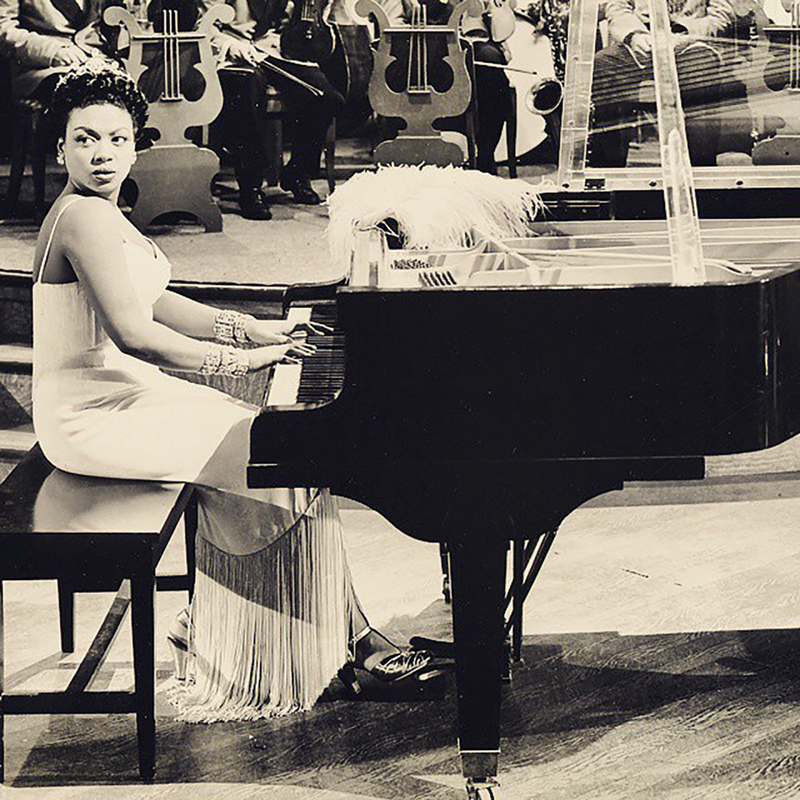
Hazel Scott: a musical prodigy
One of the biggest stars in jazz you never heard of was pianist Hazel Scott. With perfect pitch, she was playing the piano two-handed at the age of three. Her family thought they were witnessing a miracle. At eight she was studying at Juilliard, where the school’s founder chanced on Scott practicing; “I am in the presence of a genius” he’s on record as saying. At age 13, her mother – a musician and friend of Billie Holiday and Lester Young – got her an intermission job at the Roseland Ballroom in NYC. Her first job was to follow the Count Basie Orchestra. Stage fright or not, she brought the house down. She was on her way. When Cafe Society opened in 1938, Scott became the headliner at age 19 – there’s a photo of Count Basie, Teddy Wilson, Scott, Duke Ellington and fellow teenage prodigy Mel Powell gathered around her at the piano.
By now, thanks to Billie Holiday’s encouragement, she was singing too – and very good at it. President Roosevelt’s wife Eleanor, the First Lady, ‘dropped in’ to see her perform and invited her to join her afterwards for supper. Friend to the biggest names in jazz she was just 22 years old and regarded as New York’s Queen of Jazz. She married Congressman Adam Powell, Jr, toured the USA in the 1940s to rave reviews, all the while fighting against discrimination.
The first African American woman to have her own TV show, she was hauled in front of the notorious House of Un-American Activities in 1950. Facing down the now-discredited Senator Joseph McCarthy, who accused her of communist sympathies, she defended herself eloquently, but it destroyed her career. Her TV show was cancelled, concert and nightclubs closed their doors and she moved to Paris. When she returned to the US she had slipped into obscurity, dying in 1981 at the age of 61 from cancer.
Una Mae Carlise was a pianist, singer and another pioneer – she was the first black woman to be credited as the composer of a song on the Billboard chart, and the first to host her own regular nationally broadcast radio show, while also writing for major stars such as Benny Goodman and Peggy Lee.
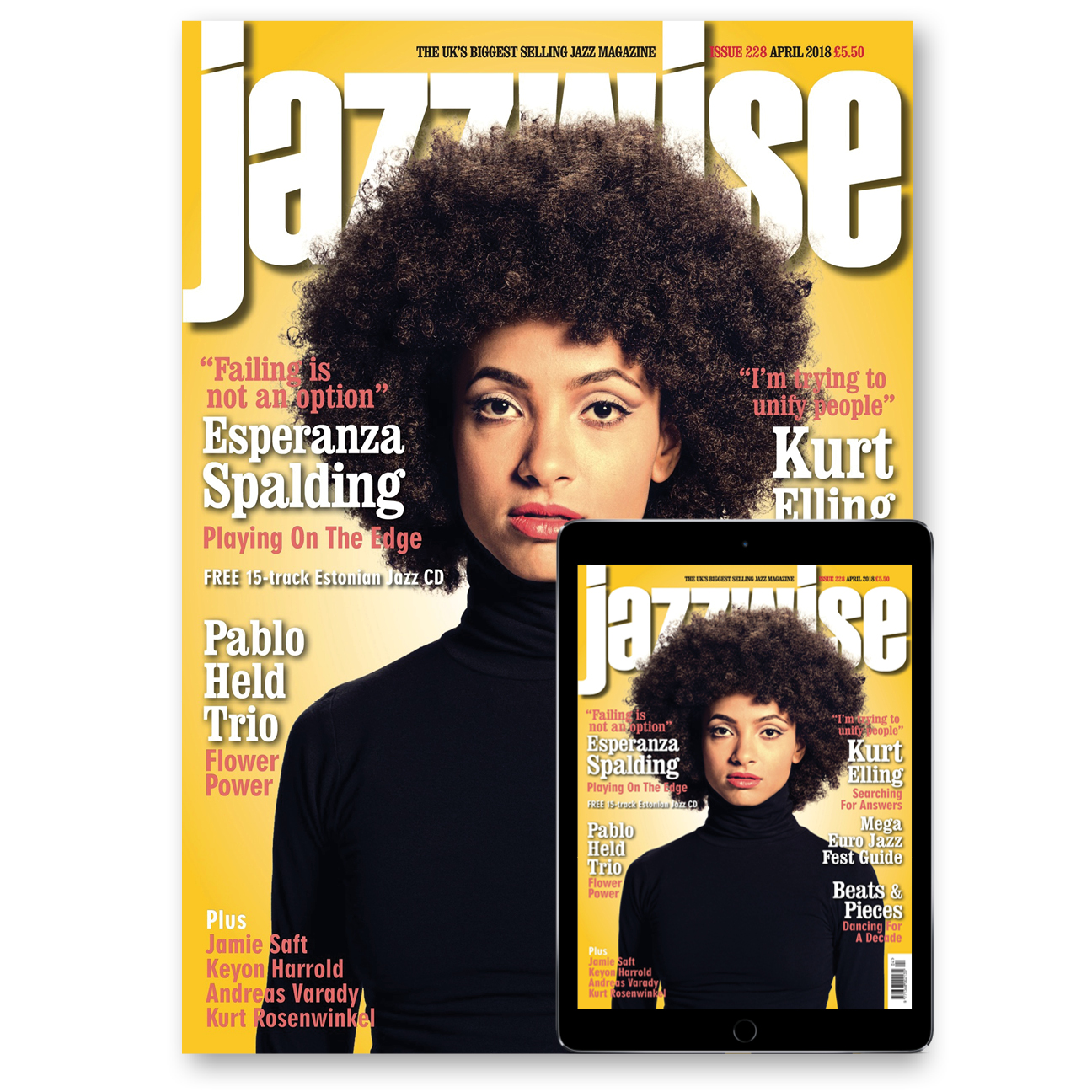
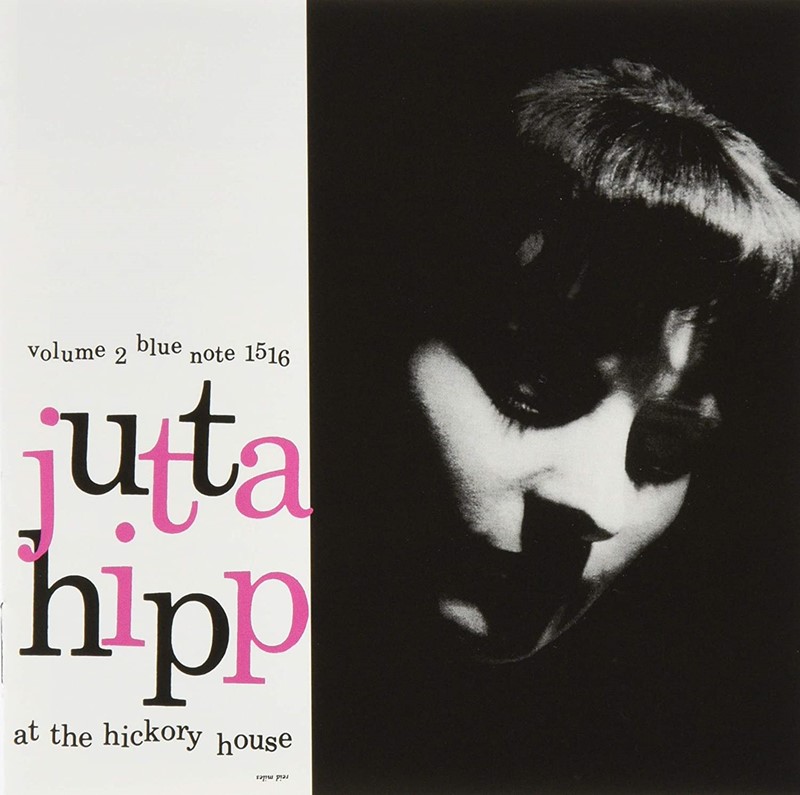
By comparison, pianist Jutta Hipp came from a different planet. Born in 1925, she taught herself jazz piano growing up in Nazi Germany, where she studied for an art degree. When the war was over, she supported herself as a professional jazz pianist, working with the top German jazzers of the time, Emil and Albert Mangelsdorff, Joki Freund and Hans Koller. In 1955 she moved to New York and was the first woman instrumentalist to record for the Blue Note label. An object of awe in the clubs (she was a strikingly beautiful redhead) she was dubbed the ‘Frauleinwunder’ but she only enjoyed 15 minutes of fame; after three albums for Blue Note, she became difficult to work with, left jazz, turned to drink and in 1958 found work as a seamstress. She died a recluse in 2003, aged 78.
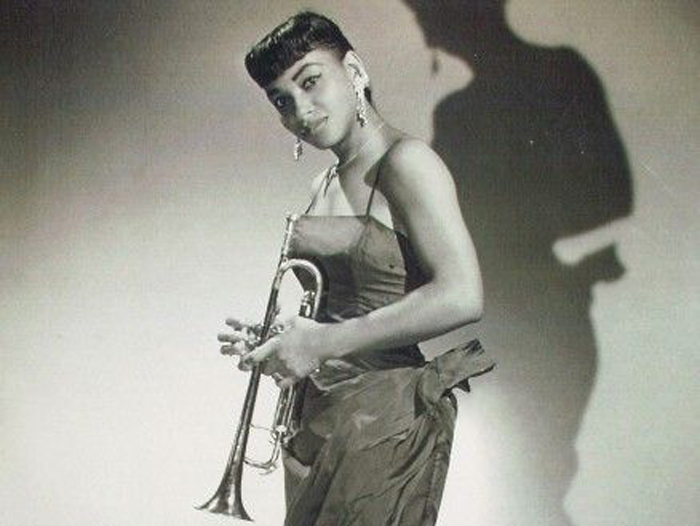
Valaida Snow: 'Queen of the Trumpet'
The multi-talented Valaida Snow also experienced life under the Nazis, but in her case, it was from inside a prison. An excellent trumpeter, she played a dozen instruments, sang, danced, did arrangements for her big band and others, and appeared in Hollywood films.
Dubbed ‘Little Louis’ and ‘Queen of the Trumpet’ by none other than WC Handy, as an African American woman top billing in New York and Chicago somehow eluded her, she made no recordings in the US, but moved to Europe where she did and found the stardom she craved. In Denmark when World War II broke out, she was arrested, imprisoned and became ill but by way of prisoner exchange in 1942 she got back to the States. Her health never really recovered and she died in 1956, age 52; but what a life!
Every self-respecting jazz fan has heard of Billie Holiday, but Billie Rogers? From a musical family she had perfect pitch, learned piano, organ, accordion, double bass and soprano sax and, from age eight, trumpet, which became her first instrument. She played in a family band and was discovered by Woody Herman working in a bar in Los Angeles in 1941. He hired her on the spot. Until then Herman had a polite band with a hit ‘Woodchopper’s Ball’.
When Rogers joined, she beefed up the trumpet section, sang and would come down from the horn section as a featured soloist in her own right. She was soon a major draw for the band, featuring on Herman’s now legendary ‘Dancing in The Dawn’. There’s not too much of her on record, this was the AFM recording ban, but there are broadcasts and V Discs that show how she transformed Herman’s band. She left Herman in 1943, but his 1944 band showed her influence with a roaring trumpet section led by Pete Candoli that sent the jazz world on their collective ear. Until Laurie Frink in the 1980s and 1990s, Billie Rogers was the only female to have ever held down a regular chair in the trumpet section of a major US big band. Fair to say there’s a lot more evidence to dispel the great man theory of the jazz canon, but one thing’s sure – jazz history does indeed need revisiting.
This article originally appeared in the November 2020 issue of Jazzwise. Never miss an issue – subscribe today!

